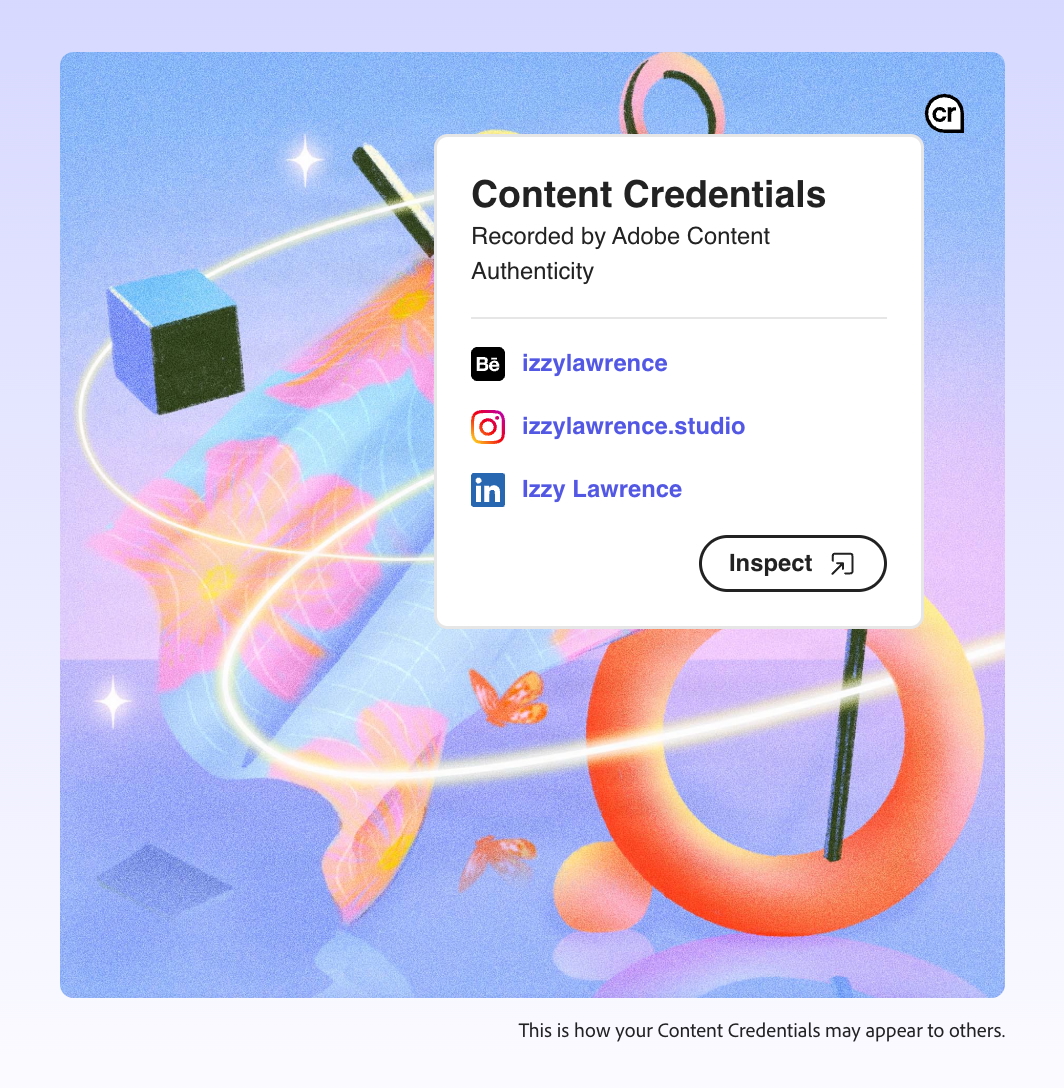Originally unveiled in October, Adobe’s Content Authenticity app has now entered its public beta phase, allowing users to try it out at no cost. This innovative app enables creators to embed “Content Credentials” into their digital creations—secure and invisible metadata that reveals details about the original creator. Unlike traditional watermarks, this information remains intact even when screenshots are captured.
Users can incorporate a variety of details into their Content Credentials, including their verified name through LinkedIn and links to their social media profiles. There’s also an experimental feature that invites creators to indicate their preferences for generative AI training. This initiative seeks to proactively address impending AI regulations and ensure that creators have a say in how their work is utilized as training data.

After verifying your name and linking social media accounts, it’s possible to batch upload up to 50 images to assign credentials. Currently, this functionality is available for JPG and PNG formats, regardless of whether the images were created using Adobe software. Plans for support of additional media types, including videos and audio, are in the works.
If you want to view the Content Credentials associated with an image, you can use Adobe’s extension for Chrome or upload your file through the web app. Adobe has also announced that LinkedIn will display these credentials, allowing users to click on images to access the creator’s information. This verification system is expected to extend to other Adobe applications in the future, simplifying the process of digitally signing all creative works made using Adobe tools.
If you have artwork or photos you wish to authenticate, you can visit the web app now to create your profile and begin attaching credentials. The app is currently in beta and free to use, although pricing for the final version has yet to be announced.





